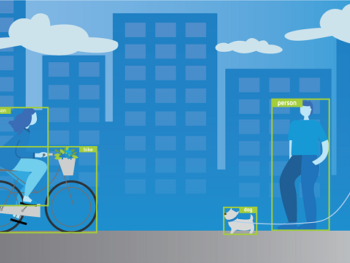YOLO (You Only Look Once) is a popular object detection algorithm used in computer vision. YOLO5 is the latest version of YOLO, developed in 2020, which is known for its high accuracy and speed.
The goal of object detection is to identify the objects in an image and localize them by drawing a bounding box around them. This is a challenging task, as objects can appear in various sizes, shapes, and orientations. YOLO5 addresses this challenge by using a deep neural network to learn a feature representation of the image and then using that representation to predict the location and class of each object in the image.
The YOLO5 algorithm is composed of two main parts: the backbone network and the head network. The backbone network is a convolutional neural network (CNN) that processes the image and extracts features. The head network is responsible for making predictions based on the extracted features.
The backbone network in YOLO5 is a modified version of EfficientNet, which is a state-of-the-art CNN architecture. This modified version, called CSP (Cross-Stage Partial connections), is designed to improve the performance of the backbone network by reducing the number of parameters and improving the flow of information.
The head network in YOLO5 is composed of several convolutional layers that predict the location and class of each object in the image. This head network is designed to be lightweight and fast, making it well-suited for real-time applications.
One of the key features of YOLO5 is its anchor-free object detection. In traditional object detection algorithms, anchors are used to define the locations and sizes of objects in an image. YOLO5 eliminates the need for anchors by predicting the bounding box directly. This approach leads to more accurate and efficient object detection.
In summary, YOLO5 is a state-of-the-art object detection algorithm that uses a modified version of EfficientNet as its backbone network and a lightweight head network for real-time object detection. Its anchor-free approach and high accuracy make it a popular choice in computer vision applications.





